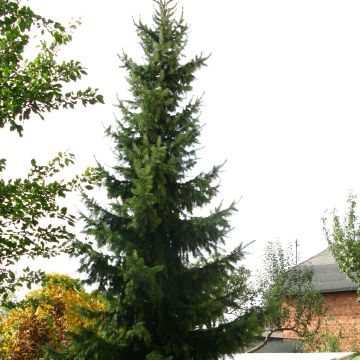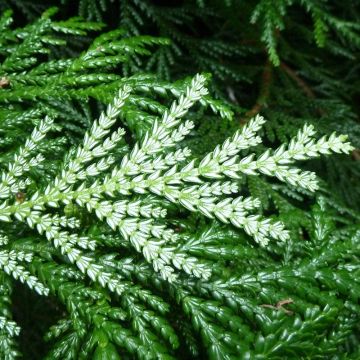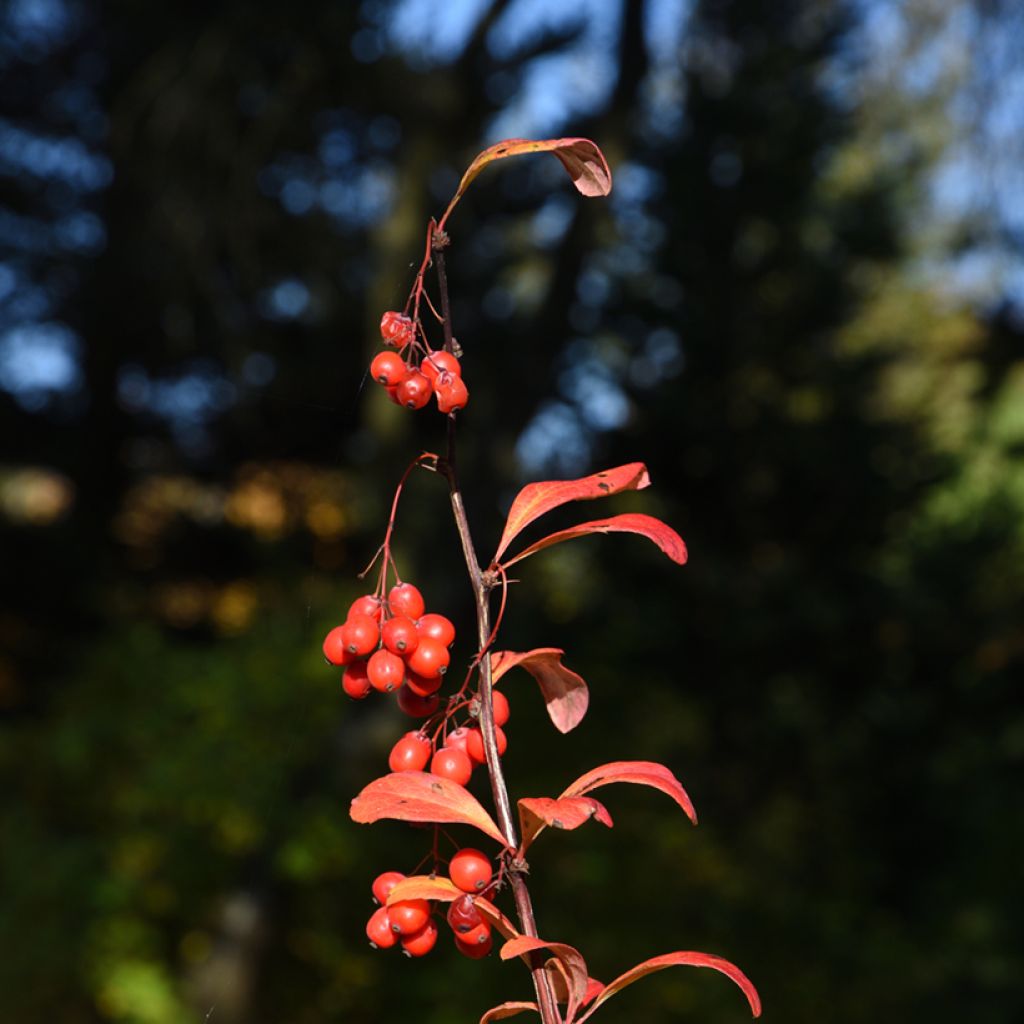

Berberis koreana - Korean barberry
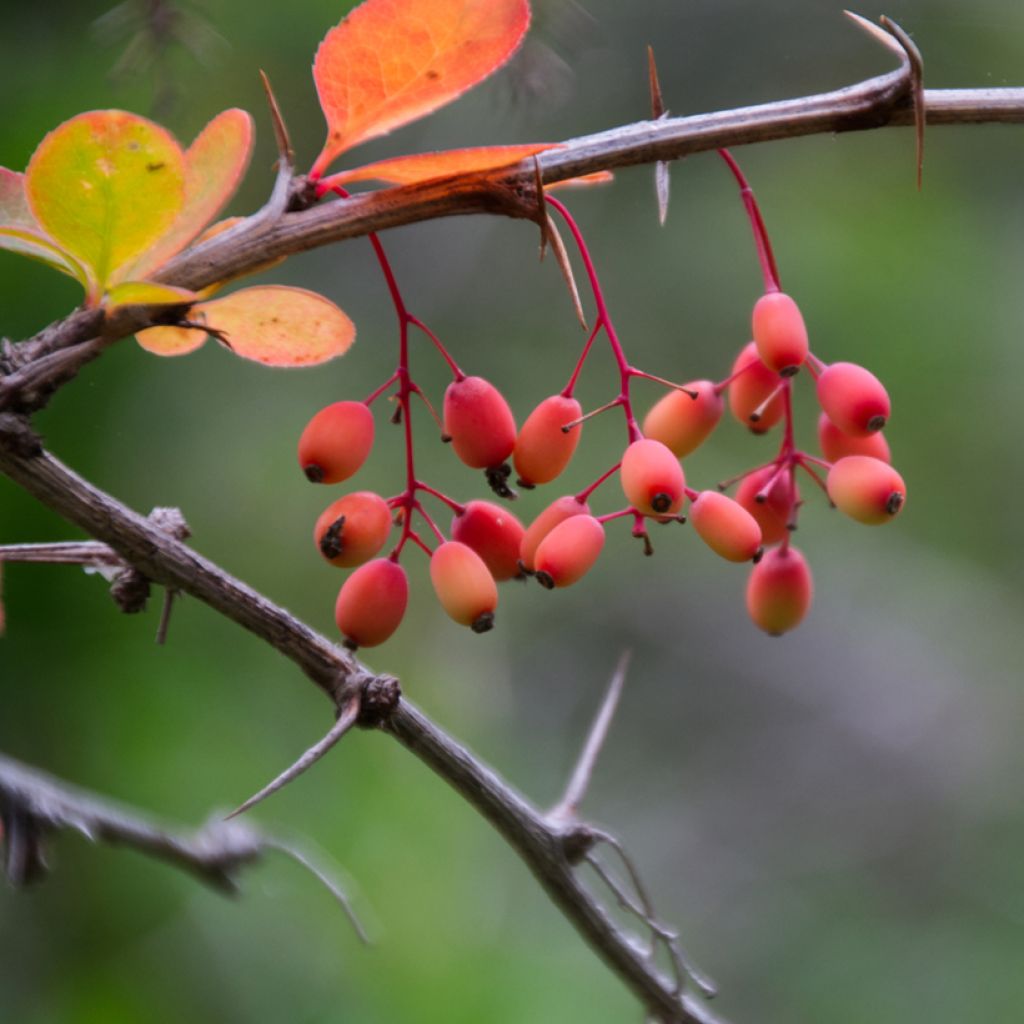

Berberis koreana - Korean barberry
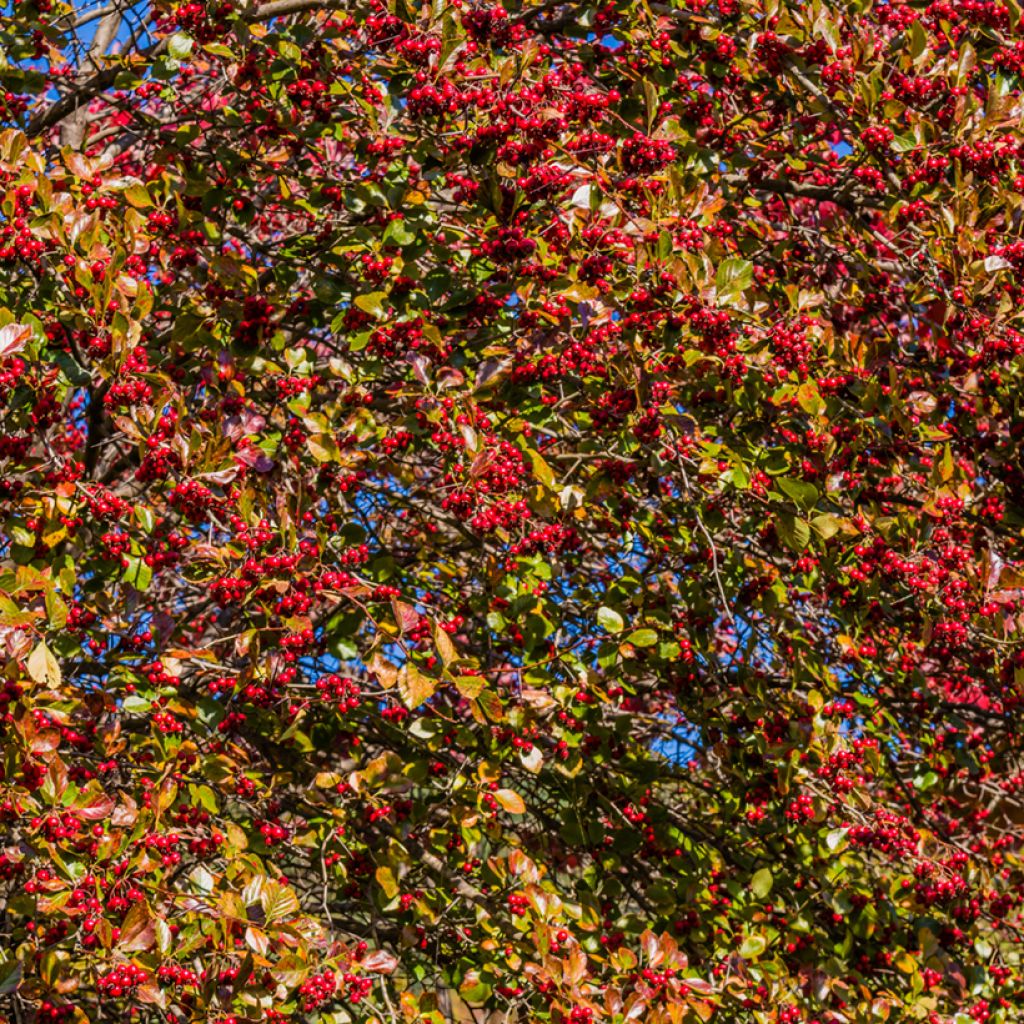

Berberis koreana - Korean barberry
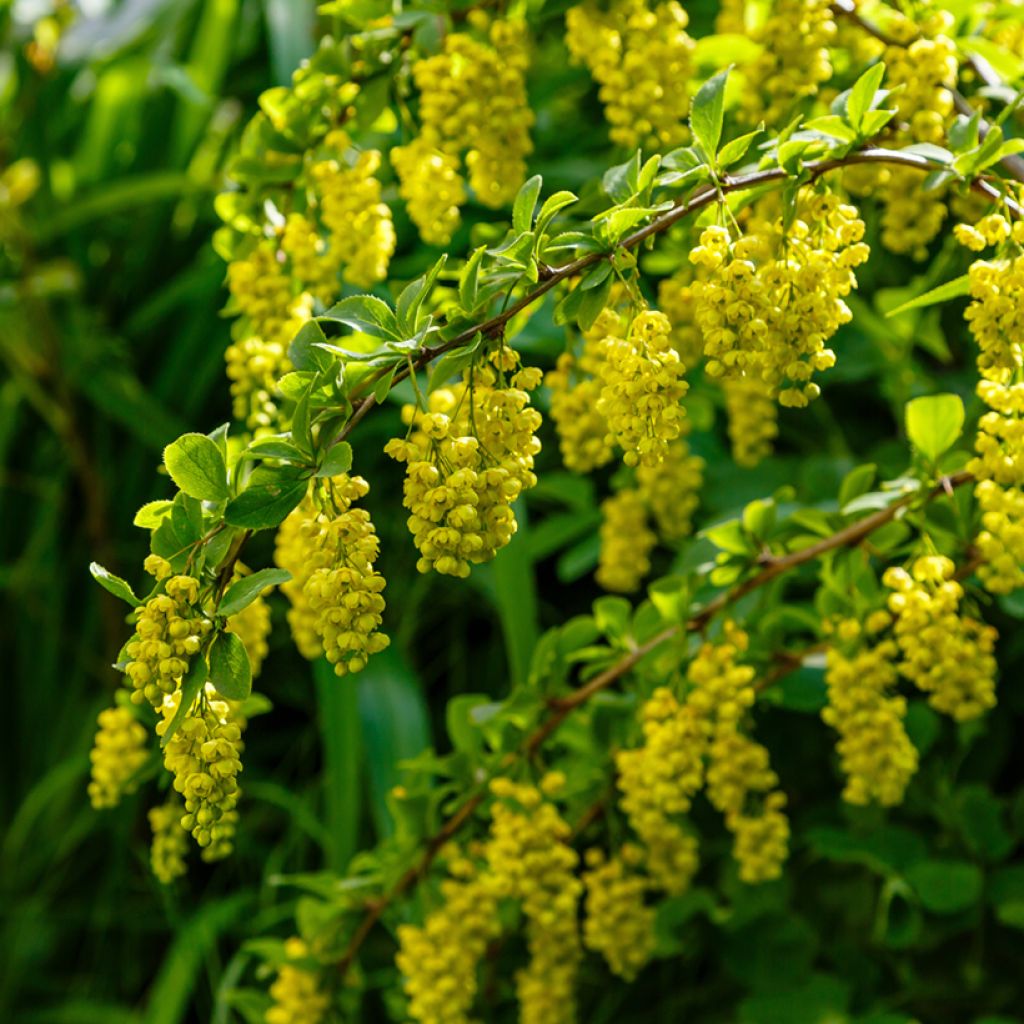

Berberis koreana - Korean barberry
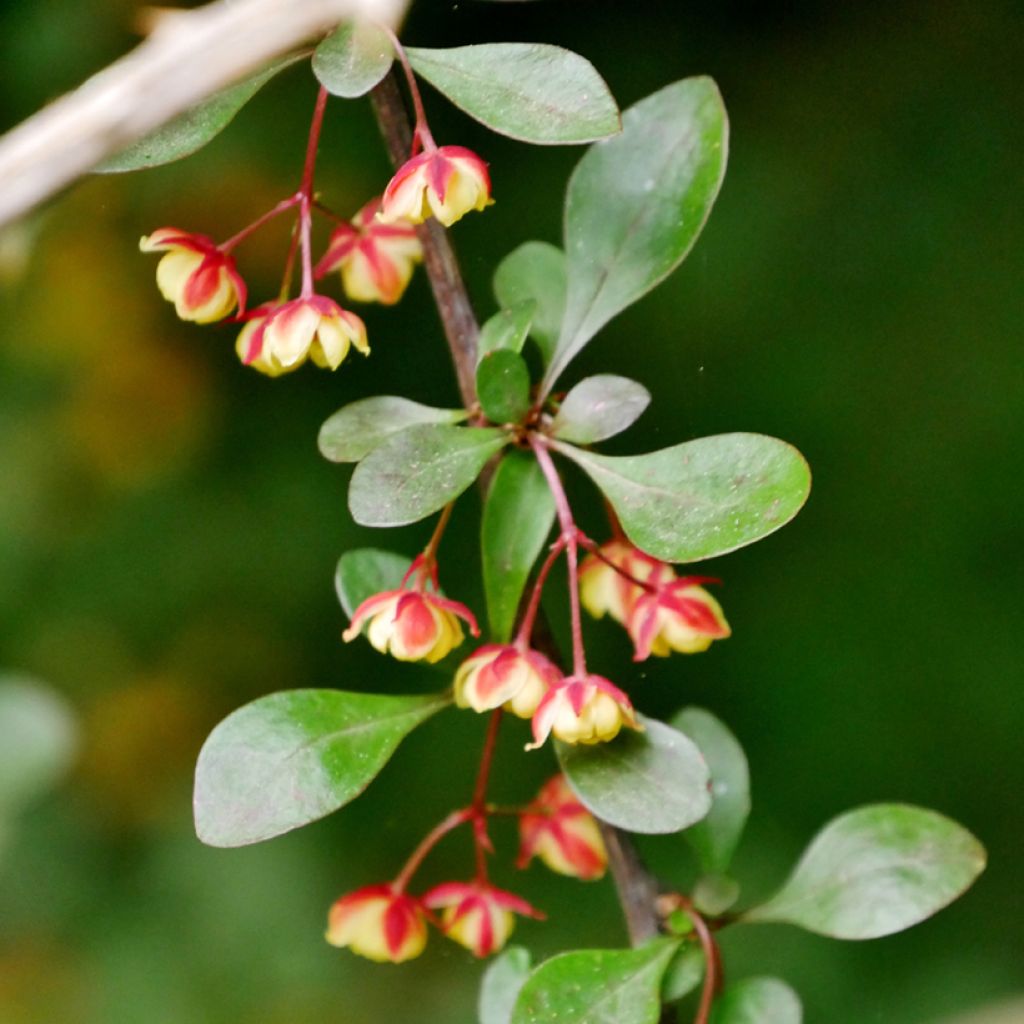

Berberis koreana - Korean barberry


Berberis koreana - Korean barberry


Berberis koreana - Korean barberry
Berberis koreana - Korean barberry
Berberis koreana
Korean barberry
This item cannot be shipped to the selected country
Delivery charge from €5.90
More information
Schedule delivery date,
and select date in basket
This plant carries a 24 months recovery warranty
More information
We guarantee the quality of our plants for a full growing cycle, and will replace at our expense any plant that fails to recover under normal climatic and planting conditions.
From €5.90 for pickup delivery and €6.90 for home delivery
Express home delivery from €8.90.
Does this plant fit my garden?
Set up your Plantfit profile →
Description
Berberis koreana, also known as Korean barberry, is one of those versatile shrubs that is perfect for creating hedges in a garden that embraces nature. It is valued for its beautiful autumn colours, its yellow melliferous spring flowering, and its abundant red fruiting. In the garden, it is an accommodating plant, hardy and with excellent adaptability. Its tart fruits can be used to make jams or liqueurs if they manage to escape the appetites of birds.
Korean barberry is a shrub of the berberidaceae family that is mainly found in the northern part of the Korean peninsula. It is a cold-resistant botanical species, able to withstand temperatures as low as -15°C at least. The shrub has a bushy, dense, and branched habit. Its growth is quite rapid, reaching between 1.50 m and 2 m in height with a spread of 1 to 2 m. Its stump produces suckers. Its deciduous foliage may partially persist in mild climates. Its spring red-coloured young shoots are decorative, as are its young variegated leaves with dark red markings. They quickly turn green and then become red again in autumn. The thorns are grouped in clusters of 3 to 5 beneath the leaves. Between May and June, depending on the climate, numerous pendulous clusters of 10 to 20 small yellow flowers bloom on the branches. They are highly nectariferous and are followed by small oval, fleshy fruits that turn red when ripe around September.
Berberis koreana, much less known than Thunberg's barberry, deserves to be discovered and planted in our gardens. It fits perfectly in a medium-sized defensive hedge, without requiring much pruning: its moderate growth does not demand it. Mix it with other easy hedge shrubs: Darwin's barberry (evergreen), Photinia 'Little Red Robin', Mahonia aquifolium, Van Houtte spiraea, Chinese abelia...
Report an error about the product description
Berberis koreana - Korean barberry in pictures


Plant habit
Flowering
Foliage
Botanical data
Berberis
koreana
Berberidaceae
Korean barberry
South America
Other Berberis - Barberries
Planting and care
The Berberis koreana adapts to any well-drained soil, even clayey and slightly chalky, neither too dry nor too wet. Once established, it will completely do without watering in summer in most of our regions. Its hardiness is around -15°C, or even more. It thrives in full sun or partial shade. The planting hole should be at least twice the size of the root ball. Space the Berberis about 1m apart. Add compost and water generously, regularly renewing it during the first months. It is a bush that does not require pruning, but it tolerates it, after flowering, when it is not too severe. It can be pruned from time to time to prevent it from becoming bare in the centre. Be careful not to touch the branches with bare hands, as they bear thorns that are difficult to remove once they have entered the skin.
Planting period
Intended location
Care
This item has not been reviewed yet - be the first to leave a review about it.
Evergreen shrubs
Haven't found what you were looking for?
Hardiness is the lowest winter temperature a plant can endure without suffering serious damage or even dying. However, hardiness is affected by location (a sheltered area, such as a patio), protection (winter cover) and soil type (hardiness is improved by well-drained soil).

Photo Sharing Terms & Conditions
In order to encourage gardeners to interact and share their experiences, Promesse de fleurs offers various media enabling content to be uploaded onto its Site - in particular via the ‘Photo sharing’ module.
The User agrees to refrain from:
- Posting any content that is illegal, prejudicial, insulting, racist, inciteful to hatred, revisionist, contrary to public decency, that infringes on privacy or on the privacy rights of third parties, in particular the publicity rights of persons and goods, intellectual property rights, or the right to privacy.
- Submitting content on behalf of a third party;
- Impersonate the identity of a third party and/or publish any personal information about a third party;
In general, the User undertakes to refrain from any unethical behaviour.
All Content (in particular text, comments, files, images, photos, videos, creative works, etc.), which may be subject to property or intellectual property rights, image or other private rights, shall remain the property of the User, subject to the limited rights granted by the terms of the licence granted by Promesse de fleurs as stated below. Users are at liberty to publish or not to publish such Content on the Site, notably via the ‘Photo Sharing’ facility, and accept that this Content shall be made public and freely accessible, notably on the Internet.
Users further acknowledge, undertake to have ,and guarantee that they hold all necessary rights and permissions to publish such material on the Site, in particular with regard to the legislation in force pertaining to any privacy, property, intellectual property, image, or contractual rights, or rights of any other nature. By publishing such Content on the Site, Users acknowledge accepting full liability as publishers of the Content within the meaning of the law, and grant Promesse de fleurs, free of charge, an inclusive, worldwide licence for the said Content for the entire duration of its publication, including all reproduction, representation, up/downloading, displaying, performing, transmission, and storage rights.
Users also grant permission for their name to be linked to the Content and accept that this link may not always be made available.
By engaging in posting material, Users consent to their Content becoming automatically accessible on the Internet, in particular on other sites and/or blogs and/or web pages of the Promesse de fleurs site, including in particular social pages and the Promesse de fleurs catalogue.
Users may secure the removal of entrusted content free of charge by issuing a simple request via our contact form.
The flowering period indicated on our website applies to countries and regions located in USDA zone 8 (France, the United Kingdom, Ireland, the Netherlands, etc.)
It will vary according to where you live:
- In zones 9 to 10 (Italy, Spain, Greece, etc.), flowering will occur about 2 to 4 weeks earlier.
- In zones 6 to 7 (Germany, Poland, Slovenia, and lower mountainous regions), flowering will be delayed by 2 to 3 weeks.
- In zone 5 (Central Europe, Scandinavia), blooming will be delayed by 3 to 5 weeks.
In temperate climates, pruning of spring-flowering shrubs (forsythia, spireas, etc.) should be done just after flowering.
Pruning of summer-flowering shrubs (Indian Lilac, Perovskia, etc.) can be done in winter or spring.
In cold regions as well as with frost-sensitive plants, avoid pruning too early when severe frosts may still occur.
The planting period indicated on our website applies to countries and regions located in USDA zone 8 (France, United Kingdom, Ireland, Netherlands).
It will vary according to where you live:
- In Mediterranean zones (Marseille, Madrid, Milan, etc.), autumn and winter are the best planting periods.
- In continental zones (Strasbourg, Munich, Vienna, etc.), delay planting by 2 to 3 weeks in spring and bring it forward by 2 to 4 weeks in autumn.
- In mountainous regions (the Alps, Pyrenees, Carpathians, etc.), it is best to plant in late spring (May-June) or late summer (August-September).
The harvesting period indicated on our website applies to countries and regions in USDA zone 8 (France, England, Ireland, the Netherlands).
In colder areas (Scandinavia, Poland, Austria...) fruit and vegetable harvests are likely to be delayed by 3-4 weeks.
In warmer areas (Italy, Spain, Greece, etc.), harvesting will probably take place earlier, depending on weather conditions.
The sowing periods indicated on our website apply to countries and regions within USDA Zone 8 (France, UK, Ireland, Netherlands).
In colder areas (Scandinavia, Poland, Austria...), delay any outdoor sowing by 3-4 weeks, or sow under glass.
In warmer climes (Italy, Spain, Greece, etc.), bring outdoor sowing forward by a few weeks.



















































